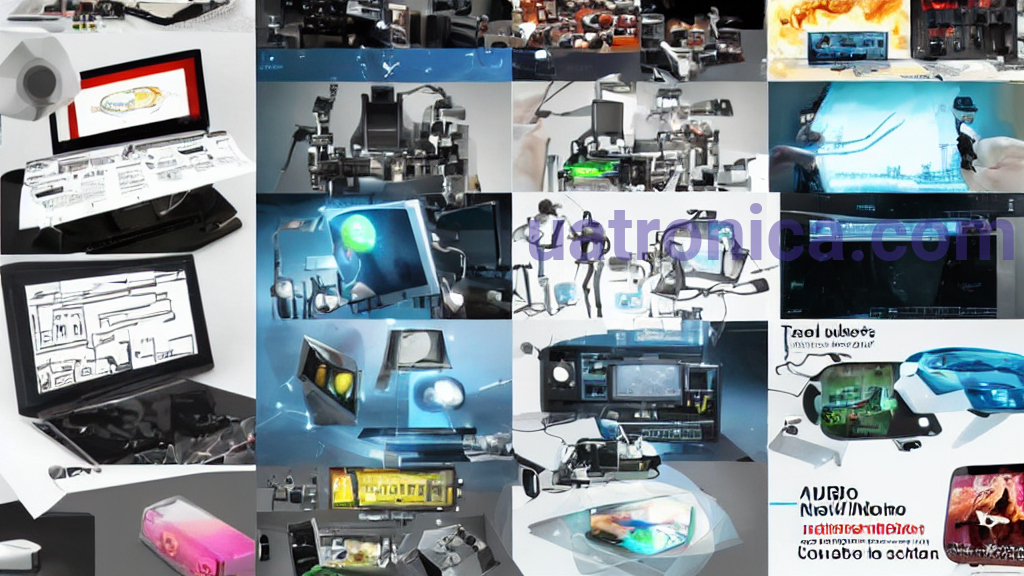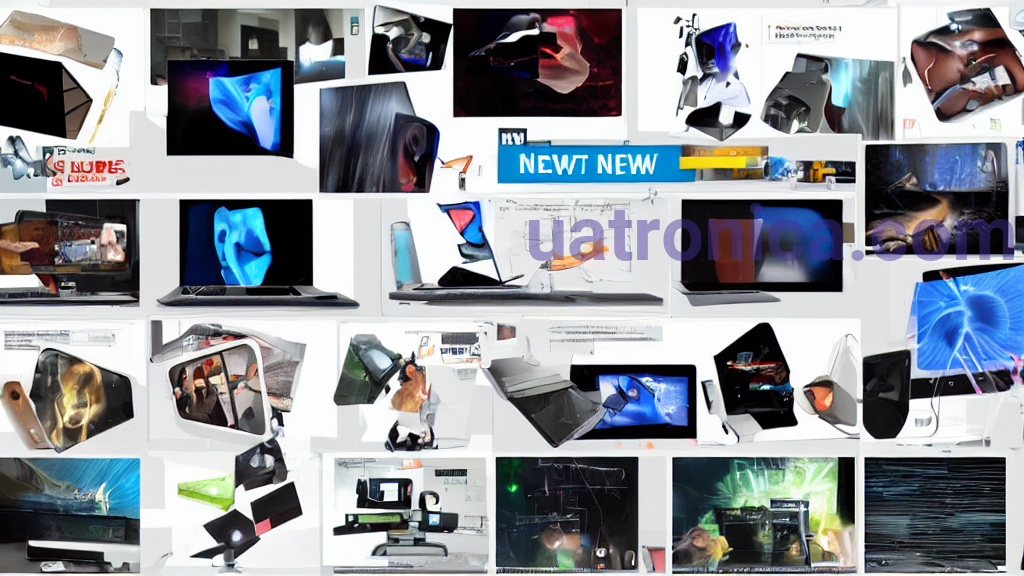6 Incredible Technologies That Will Define the Future of Your Electronic Devices
In the world of high technology, new developments are constantly appearing that shape the future of electronic devices. The most modern technologies of the future are based on innovative solutions that can significantly improve the functionality and efficiency of electronics. In this article, we take a look at six incredible technologies that have the potential to change the way we live and get things done.
1. Artificial Intelligence
Artificial intelligence has become the basis for many new technological solutions, influencing various fields, including manufacturing, healthcare and entertainment. AI is used to automate business processes, improve the performance of applications and improve the user experience in electronics. According to the research Gartner, by 2025 more than 80% new products and services will have embedded elements of artificial intelligence.
Features of AI:
- Automatic learning of device usage patterns.
- Providing adaptive interaction with the user.
- Optimization of energy consumption in electronic devices.
For example, new smartphones use AI algorithms to improve the quality of photos by analyzing lighting conditions and adjusting camera settings in real time. This not only allows you to take better pictures, but also saves battery, as the device automatically reduces the brightness of the screen in low light.
2. Internet of Things
The Internet of Things (IoT) unites numerous devices into a single ecosystem, allowing users to control them from anywhere in the world via smartphones or computers. This technology actually turns ordinary objects into "smart" devices.
Advantages of IoT:
- Security: Devices can interact with each other to provide automatic security.
- Energy savings: smart thermostats and lighting optimize consumption.
- Comfort: automation of routine tasks such as lighting or resource management.

Consider modern solutions such as Nano I/O Shield for Arduino, which allows you to integrate IoT devices into projects with Arduino, simplifying data exchange and setting up smart ecosystems.
3. Nanotechnology
Nanotechnology opens up new horizons in electronics, allowing to create more compact and efficient devices. They provide significant improvements in device performance through the use of nanomaterials that can alter the structure and functionality of electronic components.
Key advantages:
- Reducing the size of elements: more functions can be placed in microsystems.
- Improving the speed of data processing: provides prompt access to information.
- Reducing energy consumption: the use of new materials helps to reduce heat loss.
Advances in this field provide an opportunity to reduce the cost of electronics manufacturing and improve productivity, which is an important step in the development technologies of the future.
4. Virtual and Augmented Reality
Technologies of virtual reality (VR) and augmented reality (AR) create new opportunities for interaction with digital objects. Modern devices use these technologies to:
- Interactive training and training in real time.
- Simulation of various scenarios in safe conditions.
- Expanding possibilities in games and entertainment, increasing the level of immersion.
These technologies are actively being implemented in medicine, architecture and many other fields, because they allow you to visualize information and model situations. Examples of successful use of AR include navigation applications that overlay virtual pointers on real roads or objects.
5. Flexible electronics

Flexible electronics are changing the way we think about how devices can look. It allows you to create:
- Light and thin screens that are also flexible.
- Portable sensors for tracking biometric data.
- Sophisticated gadgets that look aesthetically pleasing.
Recently, Samsung introduced flexible displays that can be folded and unfolded, providing a new level of convenience for users. Such technologies can radically change the form and function of many devices, opening up new possibilities for design.
6. High-intensity batteries
The future of electronic devices cannot be imagined without improved battery technology. High-intensity batteries promise:
- Faster charging: charging time is reduced to a few minutes.
- Longer life: improved lithium-ion or new lithium-sulfur technologies.
- Greater capacity with reduced weight: the possibility of use in smaller devices or to extend the working time.
Today, there is active research in the field of lithium-sulfur batteries, which have the potential to store more energy and charge up to 5 times faster than traditional batteries. Research in this area can significantly improve the performance of mobile devices.
Many of the described technologies are already implemented today in products available in the online store Uatronica. For example, you can purchase high quality electronic componentsthat are designed to support your projects at a new level.
The technologies of the future not only change our devices, but also affect the quality of life. Thanks to innovations in electronics, we can expect more convenient, faster and more efficient use of technology in our daily lives.
To learn more about the technologies that are shaping the future of electronics, you can also check out other articles on our website.
But don't forget about analysis of novelties in the world of electronics, which will help you stay abreast of the latest trends and innovations.










